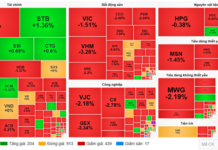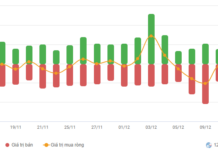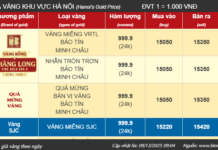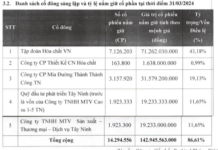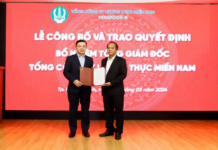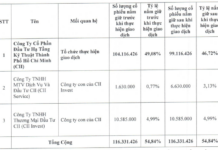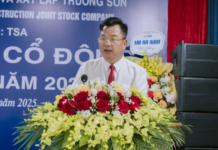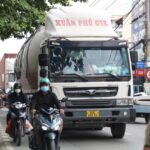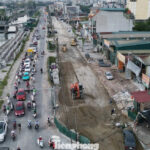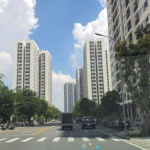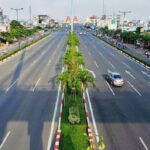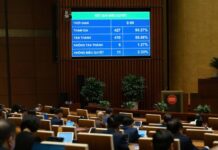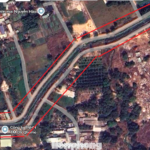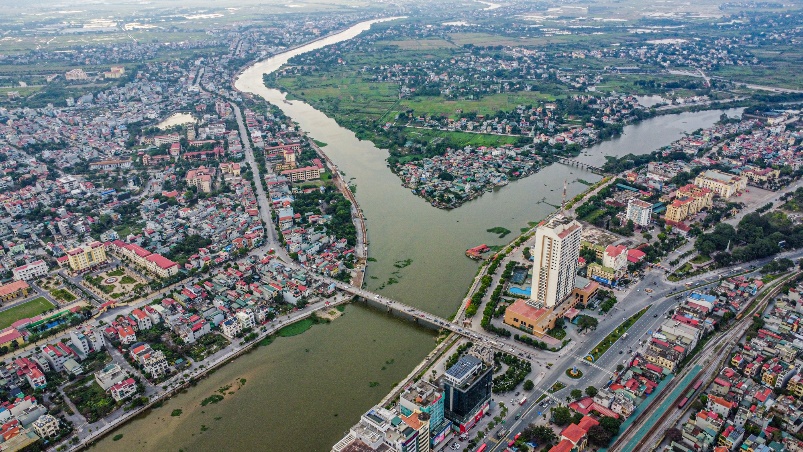On the morning of October 21st, during a group discussion on socio-economic issues, National Assembly Deputy Nguyễn Anh Trí (Hanoi delegation) highlighted the alarming reality of severe pollution in Hanoi’s rivers and lakes, emphasizing, “The time has come to no longer tolerate such environmental degradation.”
Addressing the Tô Lịch River, Mr. Trí acknowledged the city’s efforts to implement solutions but stressed the need for more fundamental measures. He asserted that all wastewater must be treated at its source, as addressing pollution after it enters the river is merely a superficial fix.
Mr. Trí also pointed out that despite its vast size, West Lake suffers from pollution, leading to frequent fish deaths. He urged a reevaluation of the practice of diverting water from West Lake to the Tô Lịch River, calling for more effective solutions.
“I believe we must harness the collective efforts of both the government and the people. Those who can afford to purchase land near West Lake should also be able to contribute a few hundred million to collaborate with the government in resolving this pollution issue. I earnestly urge the city to prioritize addressing water pollution in Hanoi,” Mr. Trí stated.
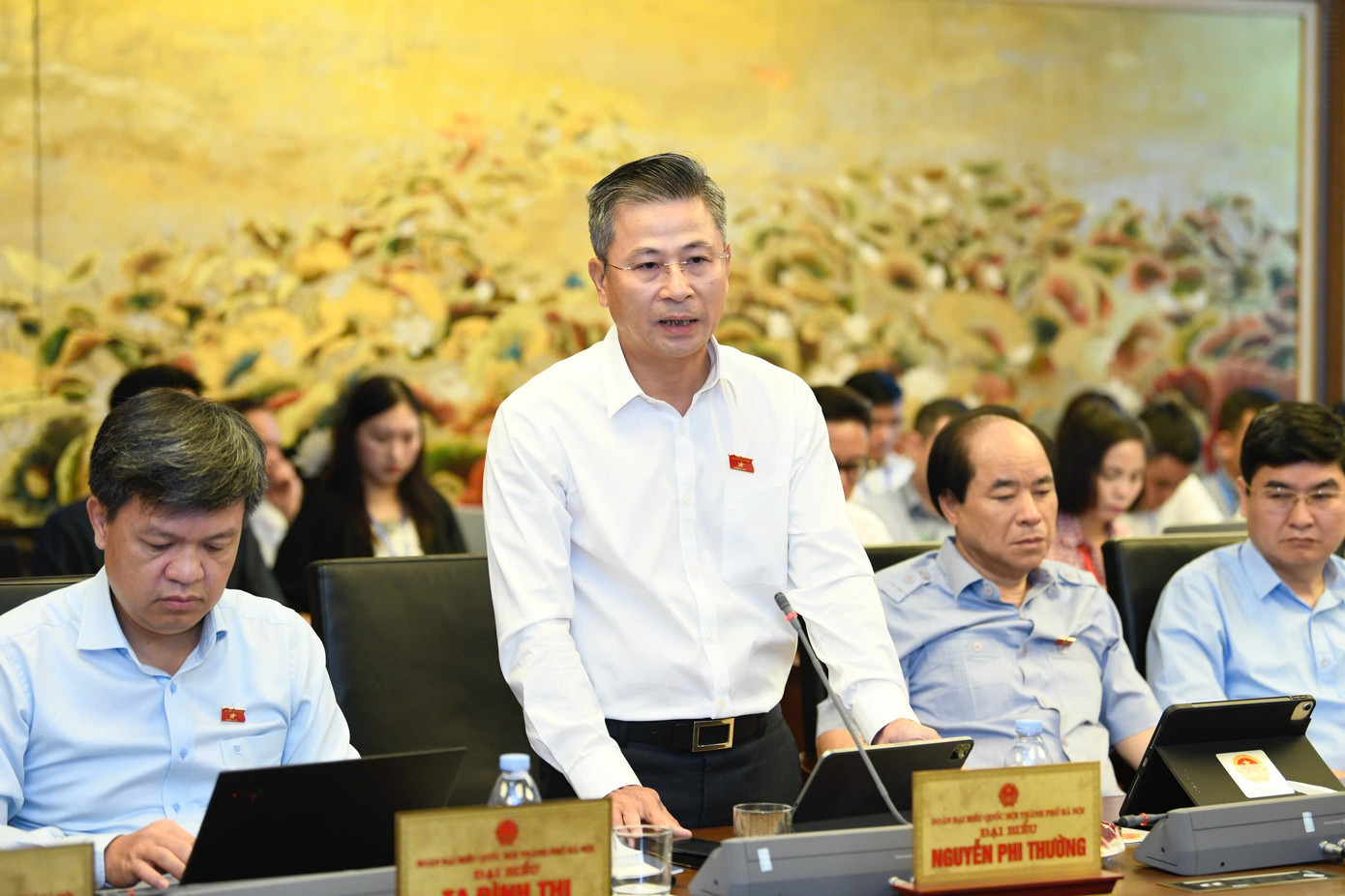
National Assembly Deputy and Director of Hanoi Construction Department Nguyễn Phi Thường. Photo: Như Ý.
National Assembly Deputy Nguyễn Phi Thường, Director of Hanoi Construction Department, revealed that during the recent 18th Congress of the Hanoi Party Committee, General Secretary Tô Lâm directed the city to address four critical issues: flooding, pollution, traffic congestion, and urban sanitation.
Regarding flooding, Mr. Thường noted that Hanoi recently faced the impact of two storms, resulting in heavy rainfall of up to 500-600mm, far exceeding the capacity of the existing drainage system.
He explained that Hanoi’s drainage system is still under development. Only the Tô Lịch River basin has received significant investment, with approximately 25% completion, yet flooding persists in certain areas.
According to Mr. Nguyễn Phi Thường, in line with the General Secretary’s directives and the resolutions of the 18th Congress, the City Party Committee and People’s Committee have approved emergency investment projects “to ensure reduced flooding during next year’s rainy season.”
Mr. Thường outlined seven emergency projects, including dredging rivers like the Nhuệ River and city lakes, as well as investing in 12 reservoirs, with a focus on the left and right banks of the Nhuệ River to enhance drainage.
Regarding water diversion to the Tô Lịch River, the Director of Hanoi Construction Department announced the approval of an emergency project for a 5m³/s pumping station to draw water from the Red River, benefiting both the Tô Lịch River and the Lừ and Sét Rivers.
Mr. Thường added that, in addition to water diversion via the Thụy Phương canal system and underground tunnels from Phạm Văn Đồng Street, this network will also drain 350 hectares in Bắc Từ Liêm District.
On river pollution, Mr. Thường mentioned that beyond water diversion for the Tô Lịch River, the city has launched a comprehensive emergency program involving the dredging of all rivers and lakes. This includes channeling water from the Đà River through the Tích River system to replenish the Đáy River and other waterways.
“We have been instructed to finalize and submit the urban drainage and ground elevation master plan to the City People’s Committee by December, along with a proposal to address localized flooding in the inner city.
Furthermore, Mr. Thường highlighted that Hanoi, situated among rivers and facing increasingly severe natural disasters, must design its drainage system with greater foresight. The city is also implementing anti-flooding measures such as underground tunnels and reservoirs in suitable areas…
Regarding traffic congestion, the Director of Hanoi Construction Department noted that Hanoi has over 8 million personal vehicles (6.9 million motorcycles and 1.1 million cars). Congestion results from infrastructure development lagging behind the 5-10% annual growth in vehicles, while infrastructure only expands by 0.3%—a negligible rate.
Mr. Thường stated that land allocated for transportation accounts for only 12% of the city’s area, falling short of the 20% standard for a complete urban area. “Consequently, Hanoi’s traffic congestion is worsening,” he remarked.
The Director of Hanoi Construction Department announced that the city is accelerating infrastructure investment, having recently commenced construction on bridges over the Red and Đuống Rivers, along with major roads and urban railway lines. By 2030, the goal is to complete four urban railway lines and fully connect the ring roads.
Hanoi Launches 40m² Apartments Starting at 824 Million VND
The highly anticipated social housing project in Dong Anh Commune, Hanoi, is now officially open for sale from October 21 to November 25, starting at just over 20.6 million VND per square meter. With unit sizes ranging from 40 to 76.6 square meters, prices begin at 824 million VND and go up to nearly 1.58 billion VND.
Seven-Year Delay Plagues Tam Trinh Road Expansion Project, Haphazard Construction Exacerbates Chronic Traffic Congestion
After seven years of delays, the Tam Trinh road expansion project in Hoang Mai district remains in a state of limbo, with sporadic construction and uneven progress along its length. The incomplete site has led to severe traffic congestion, dust pollution, and noise disturbances, significantly disrupting the daily lives of residents living along the route.


